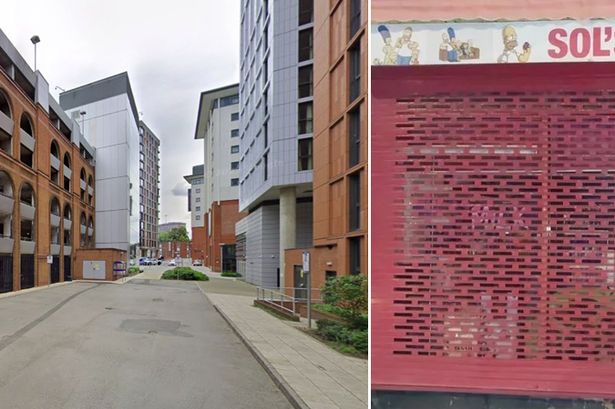Coventry, a city etched in history as the home of Lady Godiva’s legendary naked ride and the purported birthplace of England’s patron saint, St. George, finds itself grappling with a contemporary challenge: a surprisingly high crime rate. Recent comparative analysis has revealed a startling statistic, placing Coventry’s crime levels above those of Guadalajara, Mexico, a city often associated with the pervasive influence of drug cartels. This unexpected finding prompts a deeper examination of the factors contributing to Coventry’s crime landscape and the nuances of comparing crime statistics across vastly different cultural and socio-economic contexts.
While the raw numbers paint a stark picture, comparing crime rates between Coventry and Guadalajara requires a nuanced understanding of the complexities underlying the data. Guadalajara, despite its association with cartel activity, experiences lower rates of certain crimes, particularly those traditionally reported or recorded by law enforcement. This doesn’t necessarily imply a safer environment, but rather suggests variations in reporting practices, law enforcement effectiveness, and even cultural perceptions of crime. For instance, a prevalence of unreported crime due to fear of reprisal or lack of faith in the justice system can skew statistical representations. Similarly, differing definitions of specific crimes can complicate direct comparisons. What constitutes assault or theft might vary between legal jurisdictions, leading to inconsistencies in data collection and analysis.
Beyond the raw data, understanding the socio-economic dynamics within each city provides critical context. Coventry, like many post-industrial cities, faces challenges related to unemployment, poverty, and social inequality. These factors are often linked to higher crime rates, as individuals facing economic hardship may resort to criminal activity out of desperation or perceive limited opportunities for legitimate economic advancement. Guadalajara, while grappling with cartel-related violence, might exhibit lower rates of certain crimes due to factors such as strong community ties, informal social control mechanisms, or even the cartels’ own enforcement of “order” within their spheres of influence. This complex interplay between formal and informal systems of justice contributes to the multifaceted nature of crime in Guadalajara.
The comparison with Guadalajara underscores the importance of moving beyond simple numerical comparisons and delving into the qualitative aspects of crime. Understanding the types of crime prevalent in each city provides a more nuanced picture. Coventry, for example, may experience higher rates of property crime or petty theft, while Guadalajara might be more impacted by violent crime related to cartel activities. These differences highlight the need for targeted crime prevention strategies tailored to the specific challenges faced by each city. While addressing poverty and inequality may be crucial in Coventry, tackling organized crime and strengthening the rule of law are paramount in Guadalajara.
Furthermore, the efficiency and focus of law enforcement agencies play a significant role in recorded crime statistics. A proactive and well-resourced police force can lead to higher rates of reported crime, not necessarily because crime is more prevalent, but because it is identified and recorded more effectively. Conversely, under-reporting or inconsistent reporting can create the illusion of lower crime rates, masking the true extent of criminal activity. Differences in police resources, training, and community engagement strategies between Coventry and Guadalajara can influence how crime is both perceived and recorded, impacting the comparative analysis.
Ultimately, comparing Coventry’s crime rate to Guadalajara’s serves as a reminder of the complexity of crime statistics and the need for cautious interpretation. The raw numbers, while alarming, must be contextualized within the broader socio-economic and political realities of each city. A deeper understanding of the underlying factors driving crime, the types of crime prevalent, and the effectiveness of law enforcement responses is essential for developing effective strategies to improve public safety and address the root causes of criminal activity in both Coventry and Guadalajara. Rather than a simple ranking, the comparison should spark a more nuanced conversation about the multifaceted nature of crime and the unique challenges faced by cities around the world.














